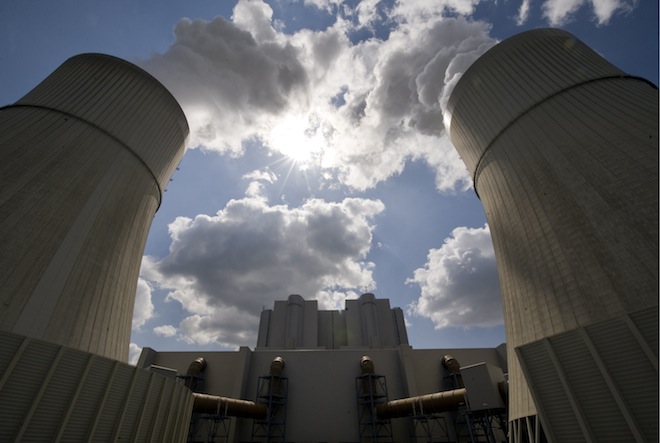The world is going to burn through 53 percent more energy by 2035, and despite all the hype surrounding renewable energy, much of that will still come from fossil fuels, according to a new annual report from the U.S. Energy Information Administration.
The EIA projects with its new report that total world energy use will rise to a mind-boggling 770 quadrillion Btu in 2035, up from 505 quadrillion Btu in 2008.
“In 2008, China and India combined accounted for 21 percent of total world energy consumption,” according to a press statement that came out with the key findings of the International Energy Outlook 2011 on Monday.
“With strong economic growth in both countries over the projection period, their combined energy use more than doubles by 2035, when they account for 31 percent of world energy use in the IEO2011 Reference case. In 2035, China’s energy demand is 68 percent higher than the U.S. energy demand.”
The chart below splits up energy usage between countries in the Organisation for Economic Co-Operation and Development, “non-OECD-Asia” and “the rest of the world.” The OECD is made up of 34 countries, and is composed of the more mature, affluent and developed Western economies.
The EIA’s “reference case” refers to an economic model it’s created based on certain assumptions about various factors, such as the price of fossil fuels, no changes in energy policies and legislation by countries around the world after 2011, and an extrapolation of current trends in energy supply. An EIA spokesman said that the EIA does provide alternate projects, but this is the EIA’s baseline study.
The EIA projections show that the world will still derive 78 percent of its energy from fossil fuels in 2035. Nevertheless, “renewable” energy is the fastest growing source of electricity generation in the report. It is projected to grow 3.1 percent annually between 2008 and 2035, the period under examination in the report. Natural gas is the second fastest growing generation source, increasing by 2.5 percent a year.
The EIA defines renewable energy to include energy derived from biomass, geothermal hydroelectric, solar, and wind power.
More than 82 percent of that increase in renewable energy is going to come from hydroelectric power and wind, according to the EIA.
Of course, with a jump in the consumption of energy will come a rise in greenhouse gas emissions. The EIA estimates that energy-related carbon-dioxide emissions will rise 43 percent by 2035, and that will mostly come from the developing nations that will rely on fossil fuels to drive their economic growth.
The EIA estimates that global carbon dioxide emissions will rise to 43.2 billion metric tons in 2035 from 30.2 billion metric tons in 2008.
Nevertheless, the developed countries are still, per capita, the most responsible for emissions, according to EIA’s data:
Reassuringly, the EIA say its projections about emissions could change if new policies are put in place.









